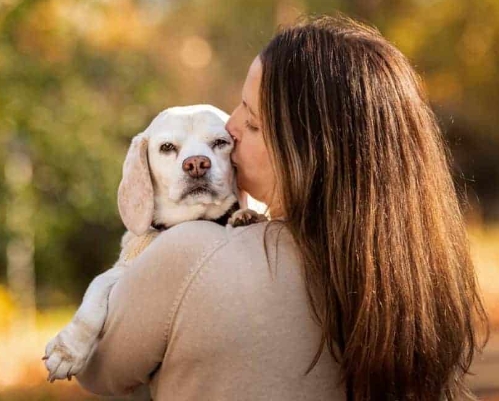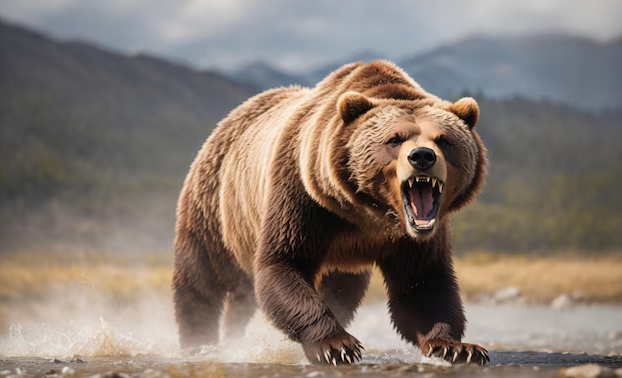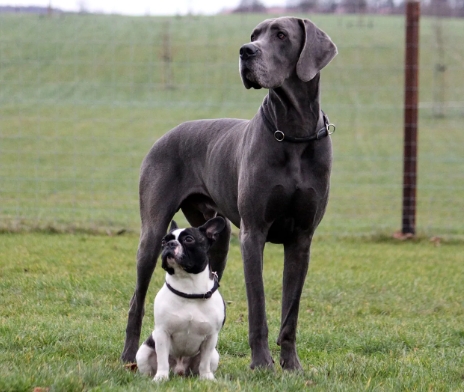Animal photography is a fascinating and rewarding art form that allows photographers to capture the beauty and essence of wildlife up close and personal. Through the lens of a camera, photographers can freeze a moment in time, capturing the intricate details of an animal’s features, behaviors, and environment.
Choosing the Right Equipment
To capture stunning wildlife photos, it is essential to have the right equipment. A high-quality camera with a fast shutter speed and a long telephoto lens is crucial for getting close-up shots of wild animals without disturbing them. A tripod or monopod can also help stabilize your camera and prevent blurriness in your photos.
Patience and Persistence
Capturing the perfect wildlife shot often requires patience and persistence. Animals can be unpredictable and elusive, so it may take time to find the right moment to capture a compelling image. It is important to observe and study the behavior of the animals you are photographing to anticipate their movements and actions.
Respect for Wildlife
When photographing wildlife, it is vital to respect the animals and their natural habitats. Avoid disturbing or provoking the animals in any way, and always keep a safe distance to prevent causing stress or harm. Remember that you are a guest in their world, and it is important to approach with care and consideration.
Choosing the Right Composition
The composition of a wildlife photo plays a significant role in conveying the beauty and majesty of the animal. Consider the background, lighting, and framing of your shot to create a visually appealing and impactful image. Experiment with different angles and perspectives to find the most compelling composition.
Capturing Action and Emotion
One of the most captivating aspects of wildlife photography is capturing the action and emotion of animals in their natural environment. Whether it be a hunting predator, a playful cub, or a tender moment between parent and offspring, these moments can evoke a sense of wonder and connection with the natural world.
Editing and Post-Processing
After capturing your wildlife photos, it is essential to edit and post-process them to enhance their beauty and impact. Adjust the exposure, contrast, and color balance to bring out the details and vibrancy of the image. However, be mindful not to overly manipulate the photo, as authenticity and natural beauty should be preserved.
In conclusion, animal photography is a captivating art form that allows us to appreciate and cherish the beauty of wildlife. By using the right equipment, patience, respect, composition, and editing techniques, photographers can capture stunning images that inspire awe and admiration for the natural world. So grab your camera, head out into the wild, and start capturing the beauty of wildlife through the art of animal photography.



